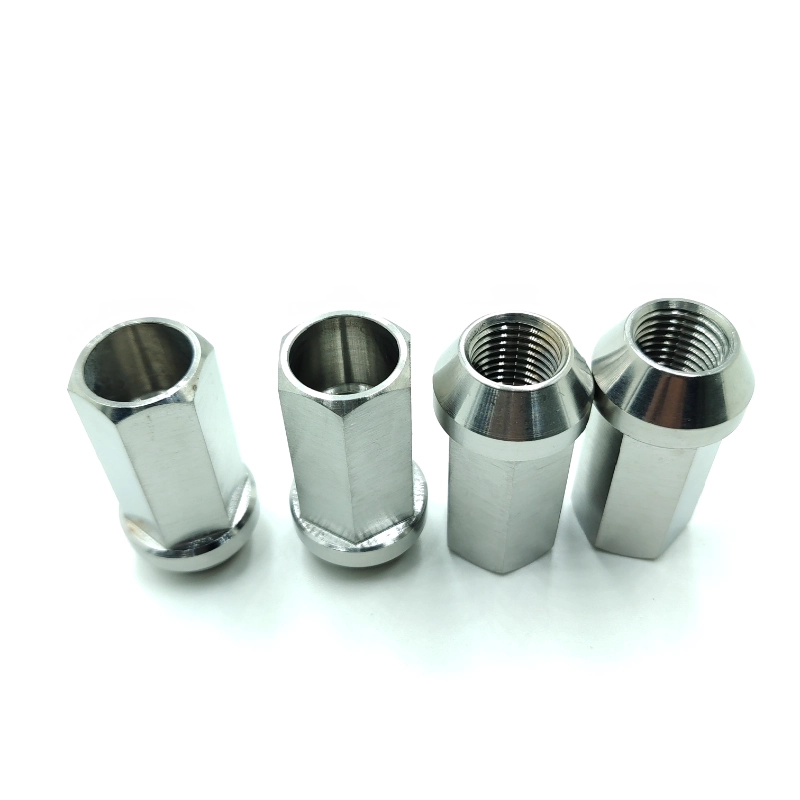When it comes to protecting metal surfaces from corrosion, zinc plating and galvanizing are two of the most commonly used techniques. Both methods involve coating steel or iron with a layer of zinc, however, the two methods differ significantly in terms of process, performance, and applications. This article will provide an overview of the properties, benefits, and drawbacks of zinc plating and galvanizing, as well as key factors to consider when selecting between the two.
What is Zinc Plating?
Zinc plating is an electrochemical process in which a thin layer of zinc is applied to a metal surface. During the process, the metal part is submerged in an electrolyte solution and an electric current is used to deposit zinc onto the surface. The result is a smooth, shiny, and corrosion-resistant finish.
Key Features of Zinc Plating:
- Thin Coating: Typically 5–10 microns, offering limited corrosion protection.
- Aesthetic Finish: Often chosen for its bright, shiny appearance.
- فعالة من حيث التكلفة: Affordable for applications where high corrosion resistance isn’t critical.
- التطبيقات: Used in bolts, screws, fasteners, and automotive components.
What is Galvanizing?
Galvanizing is a process in which a thicker zinc layer is bonded to the steel or iron surface, usually through hot-dip galvanization. In this method, the metal is dipped into molten zinc, creating a robust and durable coating that offers superior protection against corrosion.
Key Features of Galvanizing:
- Thicker Coating: Generally 50–100 microns, providing excellent corrosion resistance.
- لمسة نهائية غير لامعة: Has a dull, rugged appearance suitable for industrial and outdoor use.
- متانة: Offers long-lasting protection in harsh environments.
- التطبيقات: Common in structural steel, fencing, outdoor hardware, and marine equipment.
Zinc Plated vs. Galvanized: Key Differences
Understanding the differences between zinc plating and galvanizing is crucial for selecting the right option. Below is a side-by-side comparison:
ملكية | طلاء الزنك | Galvanizing |
Coating Thickness | 5–10 microns | 50–100 microns |
مقاومة التآكل | Moderate, suitable for indoor use | High, ideal for outdoor and harsh environments |
الجاذبية الجمالية | Bright, shiny finish | Dull, rugged finish |
متانة | Limited, prone to scratches | Long-lasting, highly resistant to abrasion |
عملية | الطلاء الكهربائي | Hot-dip or electro-galvanizing |
يكلف | More affordable | Slightly more expensive |
التطبيقات | Small components like bolts and screws | Structural steel, outdoor applications |
Corrosion Resistance: Zinc Plated vs. Galvanized

طلاء الزنك:
Zinc plating provides a sacrificial coating that protects the underlying metal by corroding first. However, because the zinc layer is thin, its corrosion resistance is limited. It is best suited for indoor applications or environments with low exposure to moisture and chemicals.
Galvanizing:
The thicker zinc coating in galvanizing offers superior corrosion resistance, particularly in environments exposed to moisture, salt, or chemicals. It is ideal for outdoor applications like fencing, structural steel, and marine equipment, where long-term durability is a priority.
Advantages of Zinc Plating
- فعالة من حيث التكلفة: Zinc plating is an affordable option for light-duty applications.
- الجاذبية الجمالية: Its bright, shiny finish makes it a popular choice for decorative purposes.
- Precision Coating: The thin zinc layer ensures precise dimensions, ideal for small and intricate components.
- Wide Range of Applications: Frequently used in fasteners, electronics, and automotive parts.
Advantages of Galvanizing

- مقاومة استثنائية للتآكل: Offers long-lasting protection in harsh environments.
- متانة: Withstands abrasion, wear, and weathering.
- Low Maintenance: Once applied, galvanized coatings require little upkeep.
- التنوع: Suitable for large structures, outdoor applications, and heavy-duty equipment.
Applications of Zinc Plating
- أدوات التثبيت: Bolts, nuts, washers, and screws.
- Automotive Components: Fuel lines, brake lines, and small assemblies.
- الالكترونيات: Battery cases and connectors.
- Household Items: Door handles, hinges, and decorative fittings.
Applications of Galvanizing
- Structural Steel: Beams, columns, and frames in buildings and bridges.
- Fencing and Railings: Gates, posts, and handrails.
- التطبيقات البحرية: Ship components, docks, and offshore structures.
- Heavy Equipment: Farm machinery, construction vehicles, and utility poles.
How to Choose Between Zinc Plating and Galvanizing

Selecting the right coating depends on several factors:
- بيئة
In case you have an application for indoor or low-corrosion environments, zinc plating is sufficient. However, for an outdoor or high-corrosion environments, galvanizing is the better choice.
- Durability Requirements
Zinc plating is ideal for applications requiring minimal abrasion resistance. Whereas, Galvanizing provides long-term durability in tough conditions.
- Aesthetic Considerations
Zinc plating offers a polished and shiny appearance, making it suitable for decorative purposes. Galvanizing has a rugged, matte finish, suitable for industrial or functional use.
- Cost and Budget
Zinc plating is a cost-effective solution for smaller components. Galvanizing, while slightly more expensive, offers better value for larger structures or long-term protection.
Maintenance and Longevity
طلاء الزنك:
The thin zinc layer in zinc plating wears off faster, especially in abrasive or corrosive environments. Regular maintenance, such as cleaning and recoating, may be necessary to prolong its lifespan.
Galvanizing:
Galvanized coatings are highly durable and require minimal maintenance. They can last for decades, even in harsh conditions, without the need for repainting or touch-ups.
Modern Advancements in Coatings
- Zinc-Nickel Plating: Enhances corrosion resistance in zinc plating, making it suitable for automotive and aerospace applications.
- Duplex Systems: Combining galvanizing with a topcoat (like paint or powder coating) for added protection and aesthetic appeal.
خاتمة
When deciding between zinc plating and galvanizing, it’s essential to consider the specific requirements of your project. Zinc plating is an affordable and visually appealing option for light-duty, indoor applications, while galvanizing provides superior durability and corrosion resistance for outdoor and heavy-duty use.
Understanding the differences in coating thickness, durability, and application will ensure you select the right protection for your metal surfaces. Whether you’re working on small fasteners or large structural components, both zinc plating and galvanizing offer reliable solutions for preventing corrosion and extending the life of your materials.
اكتشف المزيد مع منشورات مدونتنا.
المشاركات الاخيرة
اكتشف المزيد عن منتجاتنا.
المنتجات ذات الصلة
اقتباس فوري!









